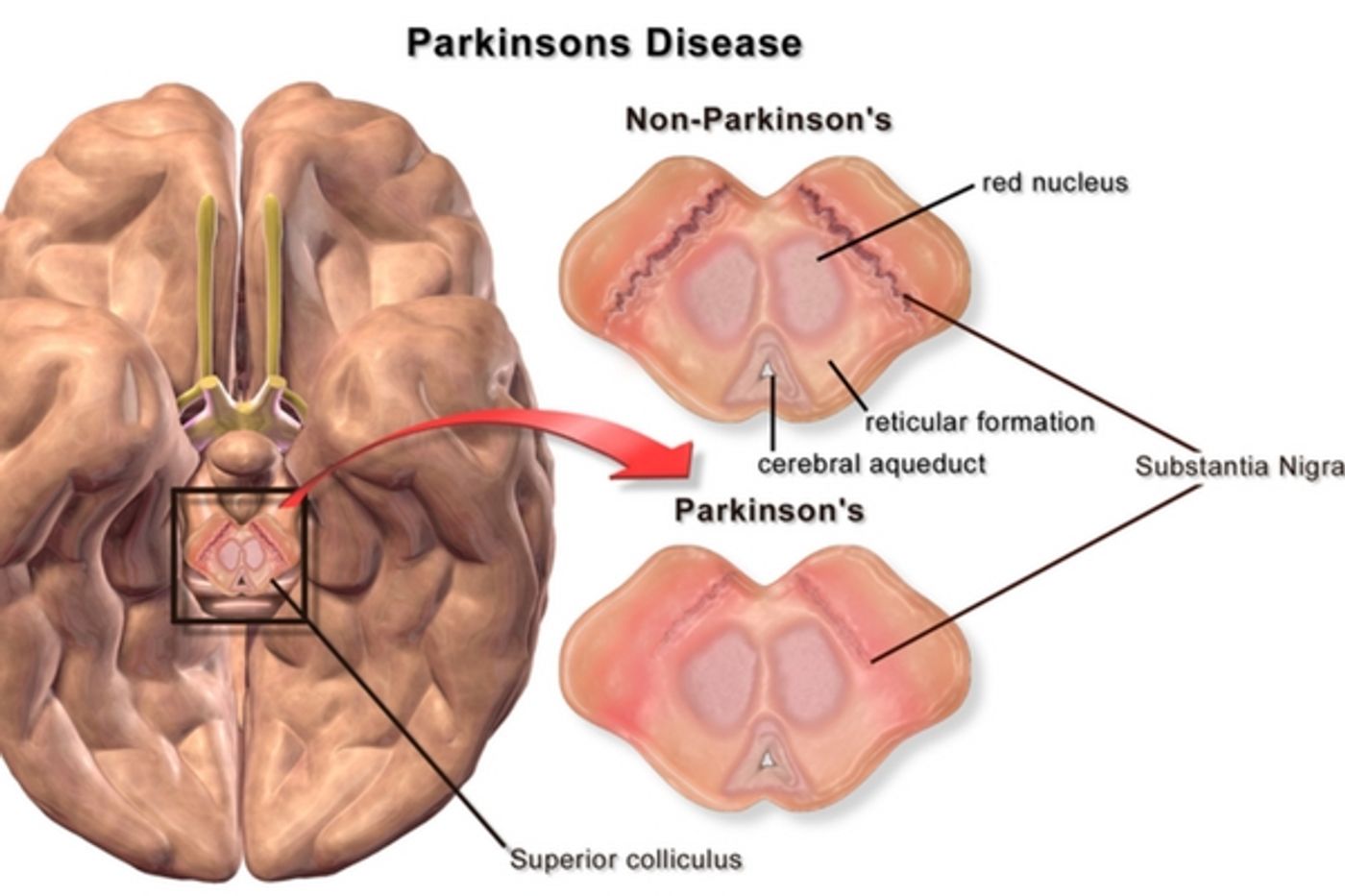Wearable Tech for Parkinson's Tremor
When a patient is diagnosed with Parkinson’s disease (PD) it can seem overwhelming. There is no known cause for PD, it results from cell death, but so far no one can say for sure why those cells die. It results in a shortage of the neurotransmitter dopamine, which is largely responsible for muscle movements. PD patients can find themselves having difficult moving large muscle groups, due to stiffness or just slowness and small tremors can appear can appear in the head, face and hands. While most patients are over 50 years old when they are diagnosed, but it can strike younger people as well. One such case is Emma Lawton, a 32 year old graphic designer in the UK.
Three years ago she noticed hand tremors and muscle stiffness. While she did not fit the typical age group for a diagnosis of PD, after ruling out other conditions she was diagnosed with the disorder. Hand tremors have made it extremely difficult for her to continue working as a graphic designer. Her job includes drawing complex designs by hand and with the tremors her career could have ended. While most diseases are treated by medical professionals, and Lawton was being seen by neurologists and Parkinson’s specialists, for her, help came from a Microsoft Engineer.
Haiyan Zhang, Innovation Director at Microsoft Research Cambridge, has been involved with a BBC television program and project called “The Big Life Fix” and has taken part in the technology challenge which asks young engineers and innovators to use their mechanical skills to solve medical problems. Initially Zhang looked at the use of a pantograph, which is a series of rods and flexible screws that allow a person to identically copy a drawing by hand. Zhang added magnets to it, hoping that the push and pull of the magnetic attraction could impact the tremors. What happened was pretty much the opposite. Emma tried it but reported that if felt more like the magnetic play between the magnets was causing more tremor and movement.
Zhang is no stranger to developing tech for disabled people having designed cutlery and utensils for other individuals, so it was back to the drawing board. Spending months trying to develop a wearable device paid off. With software and a computer interface connected to a device worn on the wrist, much like a watch, Zhang’s next effort, which she dubbed “The Emma” used vibrations. While it may seem counter-intuitive to pass a vibrating current over a hand that is already shaking, it actually did have an impact. Parkinson’s tremors begin in the brain and send signals down the arm and hands in a disrupted way. These signals, which are not sent properly, as they would be for simple hand movements cause the shaking that Emma was experiencing. By adding in other vibrations, closer to the end point of the signal, the dysfunctional loop was interrupted and the tremors were reduced.
In an interview with MS Power User, Lawton stated, I have no idea how it works, but it makes my writing legible [rather than] illegible. The sketches are something I would show a client. It’s still a little bit shaky, it’s never going to be a perfect straight line, but it’s better. It makes me excited about the fact my future back in my control, it’s back in my hands.” Zhang is not planning on developing the device commercially, as she believes it needs more trial and research.
The video below from the BBC program shows more about the development of The Emma and the impact it’s had for this young graphic artist.
Sources BBC, Microsoft Power User, Yahoo News









